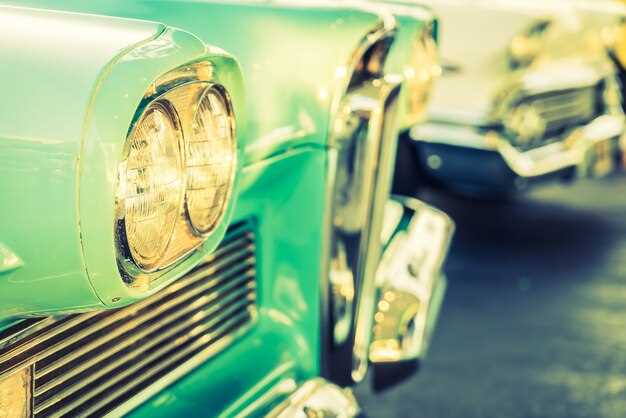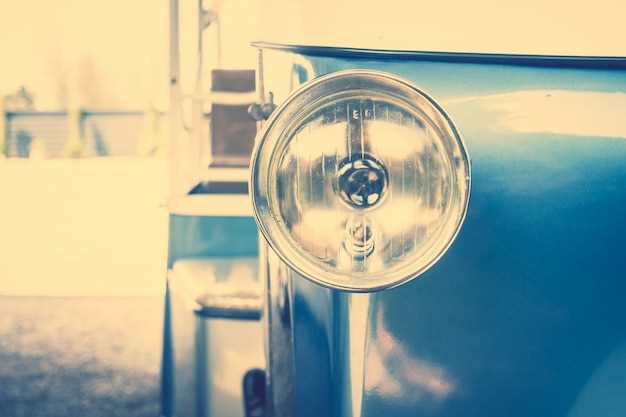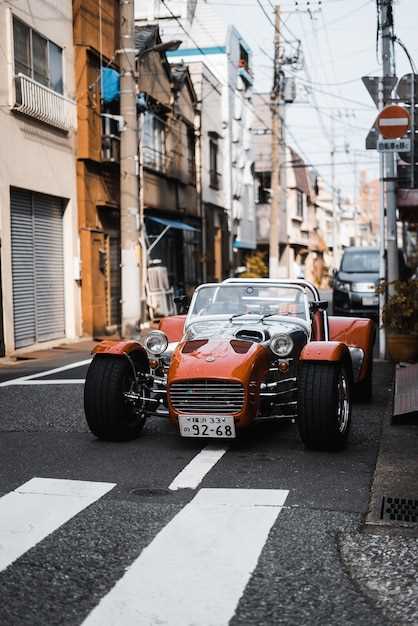
The world of classic cars has long been considered a niche market for enthusiasts and collectors. However, the rise in interest in Japanese classic cars has opened up new avenues for investment. These vehicles not only carry historical significance but also offer the potential for substantial financial returns. As global markets continue to fluctuate, many investors are seeking alternative assets, and Japanese classic cars stand out as a promising option.
Japanese cars from the 1960s to the 1980s, such as the Nissan Skyline and Toyota 2000GT, have gained recognition for their engineering excellence and cultural impact. As these models become rarer due to age and the dwindling number of well-preserved examples, their value appreciates, making them appealing investments. Additionally, the dedicated community of collectors and enthusiasts ensures a robust market for these vehicles, which adds to their allure as an investment.
Investing in Japanese classic cars goes beyond mere monetary gain; it also offers a unique opportunity to connect with automotive history and culture. Each car tells a story and represents a piece of Japan’s technological evolution. For those looking to diversify their investment portfolios, Japanese classic cars provide not only aesthetic pleasure but also a tangible asset that can yield impressive returns in the long run. Understanding the dynamics of this market is essential for making informed investment decisions in an ever-evolving landscape.
Identifying Valuable Japanese Classic Cars for Investment

Investing in Japanese classic cars requires a keen eye for detail and an understanding of market trends. The appreciation of these vehicles significantly depends on the rarity, condition, and historical significance. To identify valuable models, start by focusing on iconic brands such as Toyota, Nissan, Honda, and Subaru. These manufacturers produced notable vehicles that have gained a cult following and continue to appreciate in value.
Specific models, like the Toyota Supra, Nissan Skyline GT-R, and Honda NSX, are highly sought after by collectors. Research the production numbers; limited editions or models produced in lower quantities tend to have better appreciation potential. Additionally, re-evaluating the condition is crucial–original parts and a well-maintained exterior and interior contribute to overall value retention.
Historical context also plays a role in valuation. Vehicles associated with significant motorsport achievements or automotive innovations typically attract a premium. For instance, cars with a racing heritage or those featured in popular culture can see substantial price increases over time.
It’s wise to stay informed about emerging trends within the classic car community. Attend car shows, join enthusiast clubs, and follow auction results to gauge which models are gaining traction. Social media and automotive forums can also provide insights into the most desirable vehicles and upcoming market shifts.
Lastly, ensuring proper documentation such as the original title, service records, and restoration history will enhance a car’s investment potential. Buyers favor transparency, and well-documented vehicles are often more valuable as they represent a trustworthy purchase opportunity.
Understanding Market Trends and Demand for Collectible Vehicles

The classic car market has seen significant growth over the past decade, with Japanese vehicles gaining particular traction among collectors. This surge can be attributed to several factors that drive appreciation in value and demand.
One key trend is the increasing interest in JDM (Japanese Domestic Market) vehicles, particularly those from the 1980s and 1990s. As nostalgia plays a major role in purchasing decisions, collectors are showing a preference for models they grew up with, which has led to increased demand for specific brands and models.
- Limited Production: Many classic Japanese cars were produced in limited numbers, making them rare and desirable. This rarity often leads to higher prices as collectors compete for ownership.
- Performance and Design: Iconic models like the Nissan Skyline GT-R and Toyota Supra have captivated enthusiasts due to their performance capabilities and distinct designs, contributing to their increasing market value.
- Global Interest: As the global market expands, international buyers are more willing to invest in Japanese classic cars, further driving up demand and appreciation.
- Restorability: Many collectors value the ability to restore classic cars to their original condition, enhancing their desirability and potential for appreciation.
Monitoring specific market indicators can provide insight into trends affecting appreciation:
- Auction Results: High auction prices often signal demand levels and can impact future pricing trends.
- Online Sales Platforms: Increased activity on platforms dedicated to classic cars reflects growing interest and may indicate potential appreciation in value.
- Collector Communities: The rise of online forums and social media groups has fostered a vibrant community, influencing demand through shared knowledge and enthusiasm.
Understanding these dynamics is crucial for investors considering Japanese classic cars for their portfolios. Being informed about market trends and demand can lead to strategic investment choices, ultimately resulting in significant appreciation and profitable returns.
Strategies for Maintaining and Enhancing the Value of Classic Cars
To ensure the appreciation of classic cars, it is essential to implement effective maintenance strategies. Regular servicing is paramount; this includes routine oil changes, brake inspections, and ensuring all mechanical systems are in optimal condition. Keeping the engine well-tuned not only enhances performance but also contributes to the car’s longevity and value.
Proper storage plays a crucial role in preserving a classic car’s condition. Ideally, cars should be kept in a climate-controlled environment, protecting them from elements such as humidity, sunlight, and extreme temperatures. Investing in a quality car cover can also safeguard against dust and minor physical damage, minimizing wear over time.
Documenting the car’s maintenance history is vital for future appreciation. Detailed records of all repairs, restorations, and upgrades provide potential buyers with confidence. Histories that include original paperwork, such as factory manuals or promotional materials, further enhance value.
Upgrades should be carefully considered and executed with authenticity in mind. Choosing high-quality parts that align with the car’s original specifications can boost its performance without compromising its classic appeal. Avoiding overly aggressive modifications will help retain the car’s historical significance and desirability among collectors.
Participation in classic car shows or events can significantly increase visibility and, consequently, appreciation. Engaging with a community of enthusiasts can provide valuable insights and networking opportunities. Showcasing your classic car at events can also validate its value among peers and potential buyers.
Lastly, insurance is another critical component. Properly insuring a classic car not only protects your investment but can also offer a sense of security to collectors. Opting for specialized classic car insurance policies can ensure that your vehicle is valued correctly, further enhancing its long-term value.




